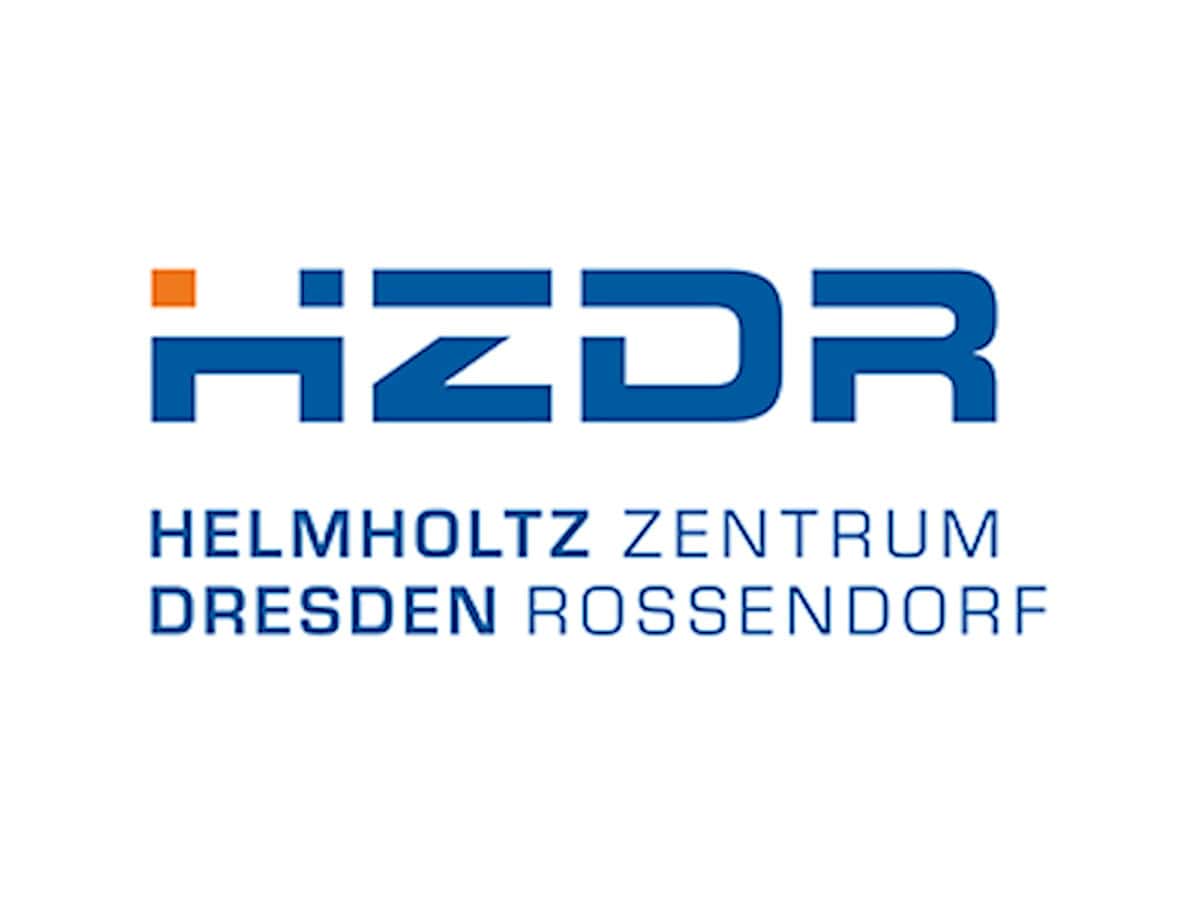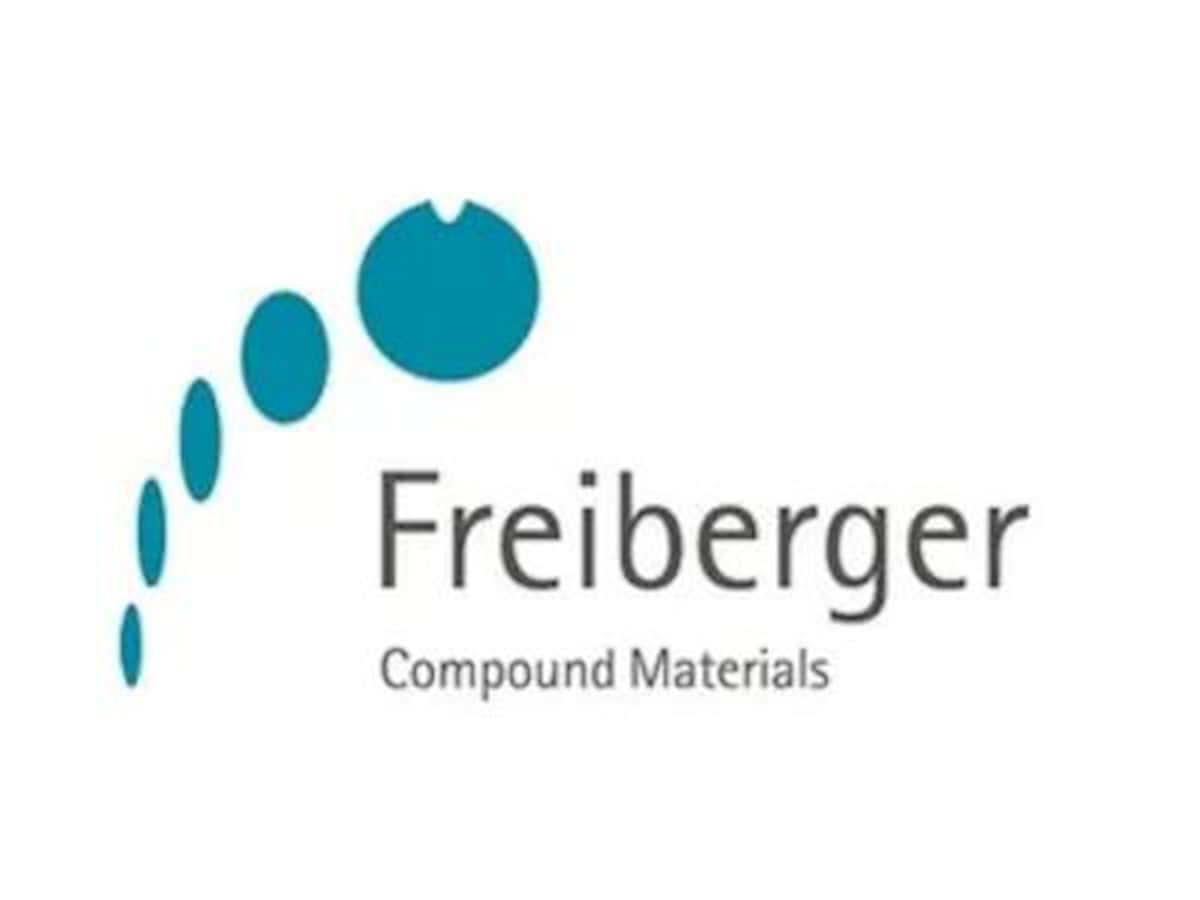

The HIF’s biotechnology department transfers biochemical principles and biological function carriers to completely new applications, thus linking bioeconomy with resource technology. Biosorption is used in the recycling of metals: biomolecules with the ability to bind to certain ions or molecules are the key reagents for recycling. Siderophores, i.e. small organic molecules, have proven to be suitable for recovering gallium from industrial wastewater. The lead HIF scientist is biochemical engineer Dr. Rohan Jain: “We use the metal-binding property of siderophores to recover gallium from industrial wastewater. Using a patented separation process, we separate the gallium from the siderophores again so that both can be used again.”
The process was successfully tested on a laboratory scale with a throughput of 10 milliliters per day, and a pilot plant is now already handling one hundred liters per day. The next step is to transfer it to an industrial scale. The semiconductor manufacturer Freiberg Compound Materials (FCM) GmbH now wants to achieve this. The research plant at the company’s headquarters in Freiberg will soon be processing one to two thousand liters. Manufacturing companies in the high-tech sector typically produce between 10,000 and 300,000 liters of wastewater per day. In the mining industry, this can be as much as 20 million liters or more. In the German high-tech sector alone, two to five tons of gallium per year could be saved by recycling from wastewater, thereby reducing dependence on imports.
About FCM
FCM was founded in 1995, but builds on the long tradition of the semiconductor industry, which has been based in Freiberg since 1957. Over the last 25 years, more than 200 million euros have been invested in a modern production facility with a current clean room area of 1,700 m², including sophisticated analysis and measurement technology. The company employs around 350 highly qualified employees, whose commitment and performance are the potential for growth and further development.
About the HIF
The Helmholtz Institute Freiberg for Resource Technology (HIF) aims to develop innovative technologies for the economy in order to provide and use mineral and metal-containing raw materials more efficiently and to recycle them in an environmentally friendly manner. It was founded in 2011 as part of the German government’s raw materials strategy, is part of the Helmholtz-Zentrum Dresden-Rossendorf (HZDR) and cooperates closely with the TU Bergakademie Freiberg.
– – – – – –
Further links
👉 https://hzdr.de/hif
👉 https://freiberger.com
Photo: FMC




